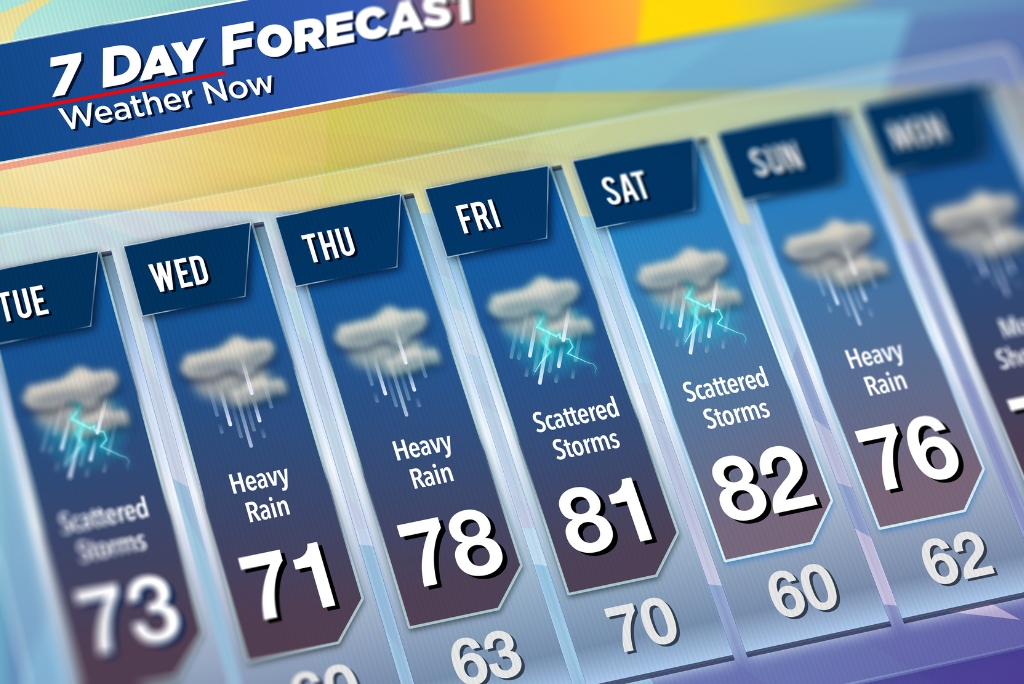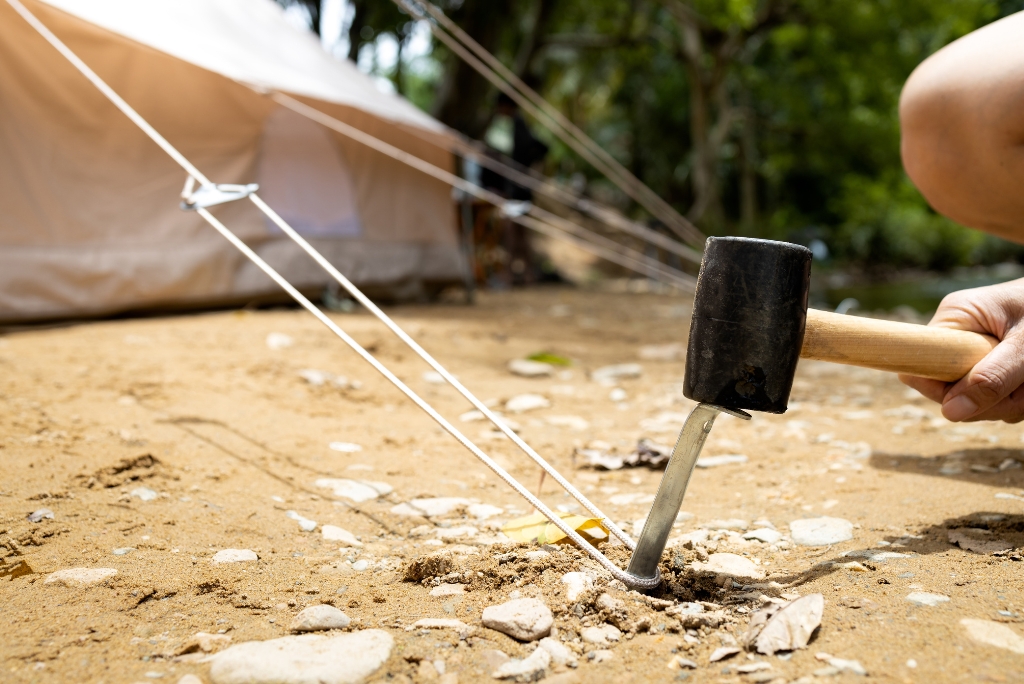11 Tips for Camping in Windy Conditions: Stay Safe and Comfortable
Are you planning a camping trip in windy conditions? Camping is an enjoyable outdoor activity, but it can become challenging when the wind starts to pick up.
Strong winds can pose a threat to your camping gear, safety, and overall experience. To ensure that your camping trip is enjoyable, safe, and memorable, here are 11 tips for camping in windy conditions.
1. Understand the Weather Forecast

Before heading out on your camping trip, it is crucial to check the weather forecast for the area you will be camping in.
High winds can lead to severe weather conditions, such as thunderstorms, dust storms, or even hurricanes.
Being aware of the weather conditions (Wind speed and direction, as well as any warnings or advisories for your area.) will help you prepare and pack appropriately.
You can find accurate weather information by checking the National Weather Service website or using a weather app on your smartphone.
It is always better to be over-prepared than under-prepared.
2. Choose a Sheltered Campsite
Choosing the right campsite can make all the difference when camping in windy conditions. Look for a sheltered campsite that is protected from the wind.
Avoid setting up camp in exposed areas, such as hilltops, ridges, or valleys. Instead, choose an area that is shielded by trees, hills, or other natural windbreak.
Check also: Campsite safety tips
3. Use Wind-Resistant Gear
Using wind-resistant camping gear can help ensure that your camping trip is safe and enjoyable. One of the most important pieces of gear to consider is a wind-resistant tent.
The geodesic and dome tents are the better types of tents that are designed to withstand strong winds.
- They are made of PVC-coated polyester mesh (Vinyl) which are the best material that block wind, but much more expensive than other materiel like Polyethylene or polypropylene.
- These tents have a sturdy frame and a low profile, which helps to reduce wind resistance.
- with crossed poles and keep the tent fabric properly tensioned.
- They also have a more aerodynamic shape, which allows wind to flow over the tent rather than pushing against it.
4. Pitch Your Tent with the Wind in Mind
In addition to the importance of choosing the right spot for your tent where it’s sheltered from the wind, the right orientation of tent is another crucial factor, here some tips to follow:
- Set up your tent with the door facing away from the wind to prevent it from flapping around and potentially damaging the tent.
- Position the tent so that the narrowest side faces the wind. This will reduce the surface area exposed to the wind and minimize the risk of the tent collapsing.
5. Stake Down Your Tent Properly

Secure your tent and gear correctly is essential when camping in windy conditions to prevent them from blowing away.
- Use sturdy and long tent stakes, guy lines and other equipment to secure your tent to the ground.
- I recommend using at least four stakes, one for each corner of the tent, and attaching the guy lines to the tent’s anchor points.
- Make sure that the guy lines are tight and the stakes are at a 45-degree angle and are driven deep into the ground to prevent the wind from pulling them out.
- Ensure that the tent is taut and not sagging, as this can cause the fabric to flap in the wind and potentially damage the tent.
- If you’re using a tarp or other shelter, make sure it’s securely anchored to the ground.
- Use bungee cords or other equipment to secure your gear to prevent it from blowing away.
Read more about How to Secure a Tent in High Winds
6. Secure Loose Items
Loose items, such as clothing, camping gear, and food, can become hazardous in high winds. Secure all loose items in your campsite to prevent them from being blown away or causing damage.
Use carabiners, bungee cords, or other tie-downs to secure your gear and prevent it from being blown away.
7. Dress Appropriately
Dressing appropriately is crucial when camping in windy conditions The key is to dress in layers to trap heat and insulate your body.
It’s important to wear weatherproof garments that are made from laminate fabrics like GORE-TEX and Polartec NeoShell that block wind, resist rain and snow.
For example: the Skaftafell shell jacket and Kría parka are excellent choices for windy conditions.
Also, wearing a hat and gloves is essential to protect your head and hands from the wind. To protect your face from the wind and cold, I recommend using a scarf or neck gaiter.
8. Keep Your Campfire Small
A campfire is an essential part of any camping trip, but it can be dangerous in windy conditions. read this article to learn When Is It Too Windy For A Campfire?. Here some tips to stay safe:
- Keep your campfire small and contained to prevent it from spreading and causing a wildfire.
- Always follow local fire regulations and guidelines when starting a campfire.
9. Stay Hydrated and Nourished
Staying hydrated and nourished is crucial when camping in windy conditions. High winds can increase dehydration rates, so make sure to drink plenty of water and eat regularly.
Bring plenty of water and non-perishable food items with you on your camping trip.
10. Stay Alert and Safe
It is essential to stay alert and safe when camping in windy conditions. Strong winds can cause trees to fall, branches to snap, and debris to fly around. Check this article to Learn How to know if you have a tree in danger of falling during storms.
Keep an eye out for any potential hazards in your campsite, such as loose branches, unstable trees, or other debris that can become dangerous in high winds.
Be prepared to evacuate your campsite if the wind becomes too strong.
11. Be Prepared for the Worst-Case Scenario
Even with the best planning and preparation, camping in windy conditions can be unpredictable.
Be prepared for the worst-case scenario by packing a first aid kit, emergency supplies, and a fully charged cell phone or radio.
Know the local emergency procedures and have a plan in case of an emergency.
Check also: Solo winter camping tips
Conclusion
Camping in windy conditions can be challenging, but with the right preparation and planning, it can also be a fun and memorable experience.
By understanding the weather forecast, choosing a sheltered campsite, pitching your tent with the wind in mind, securing your gear, and staying alert and safe, you can ensure that your camping trip is enjoyable, safe, and memorable.
FAQs
What wind speeds are considered dangerous for camping?
Wind speeds of 30 mph or higher are considered dangerous for camping.
Can I still go camping if it’s windy?
Yes, you can still go camping if it’s windy, but it’s important to prepare and plan accordingly.
What should I do if the wind becomes too strong while camping?
If the wind becomes too strong, evacuate your campsite and seek shelter in a safe location.
What should I pack for a camping trip in windy conditions?
You should pack wind-resistant gear, a first aid kit, emergency supplies, and a fully charged cell phone or radio.